livingnote
Well-known member
Henrik from Kalkyl at SGS ordered a somewhat bigger run on PCBs a few weeks ago and wanted to have silkscreen,
so considering that the run was big enough to go out and experiment, I went to town on it - the output was a
pdf and after having a great time playing with the traces, I set out to find a silkscreen guy who could do it...well
long story short, 100 things happened that weren't expected and things just kept getting delayed more and more,
but Henrik was totally cool about it all, so I was able to really take my time getting the details worked out:
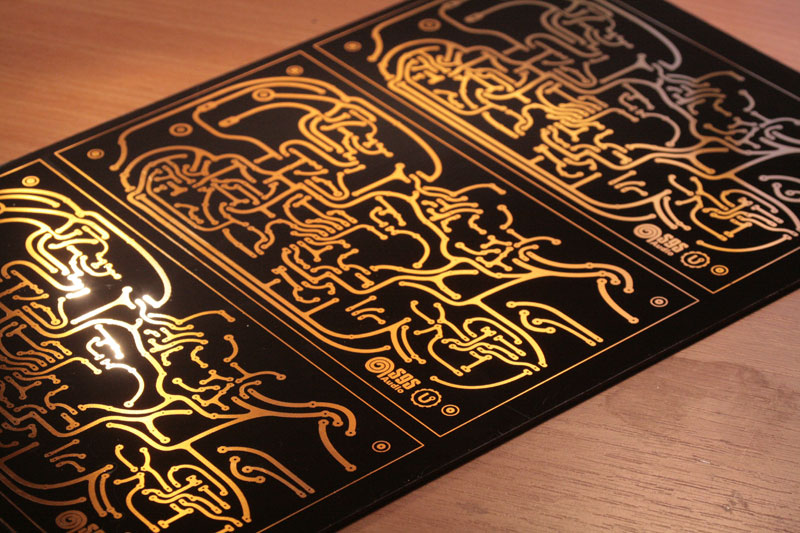
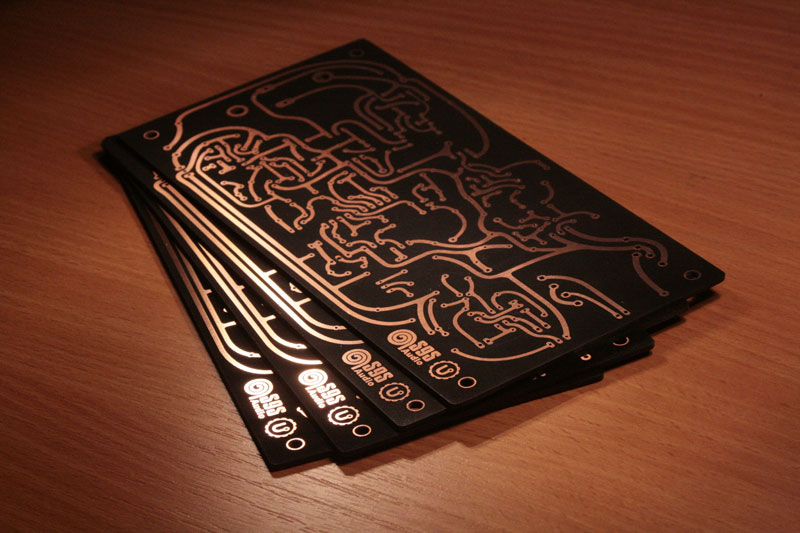
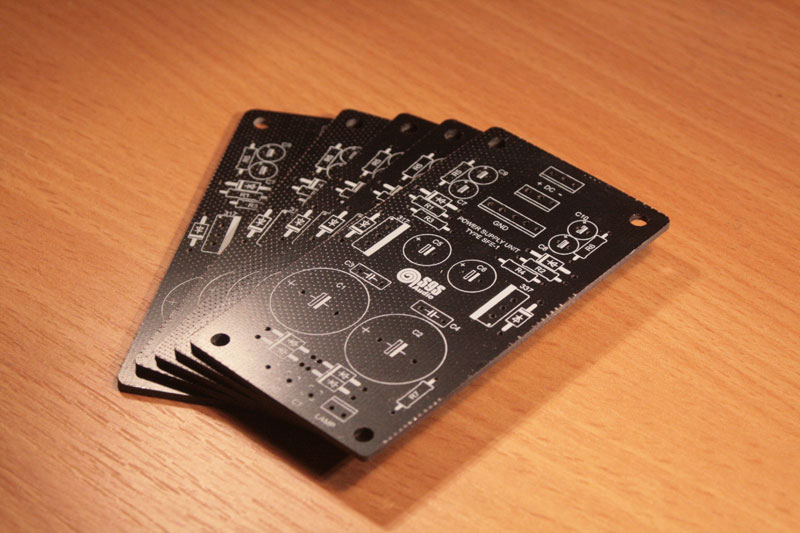
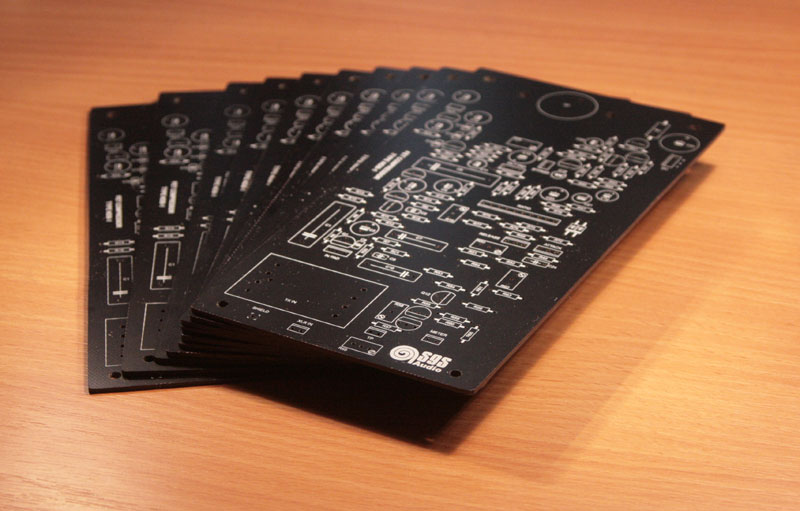
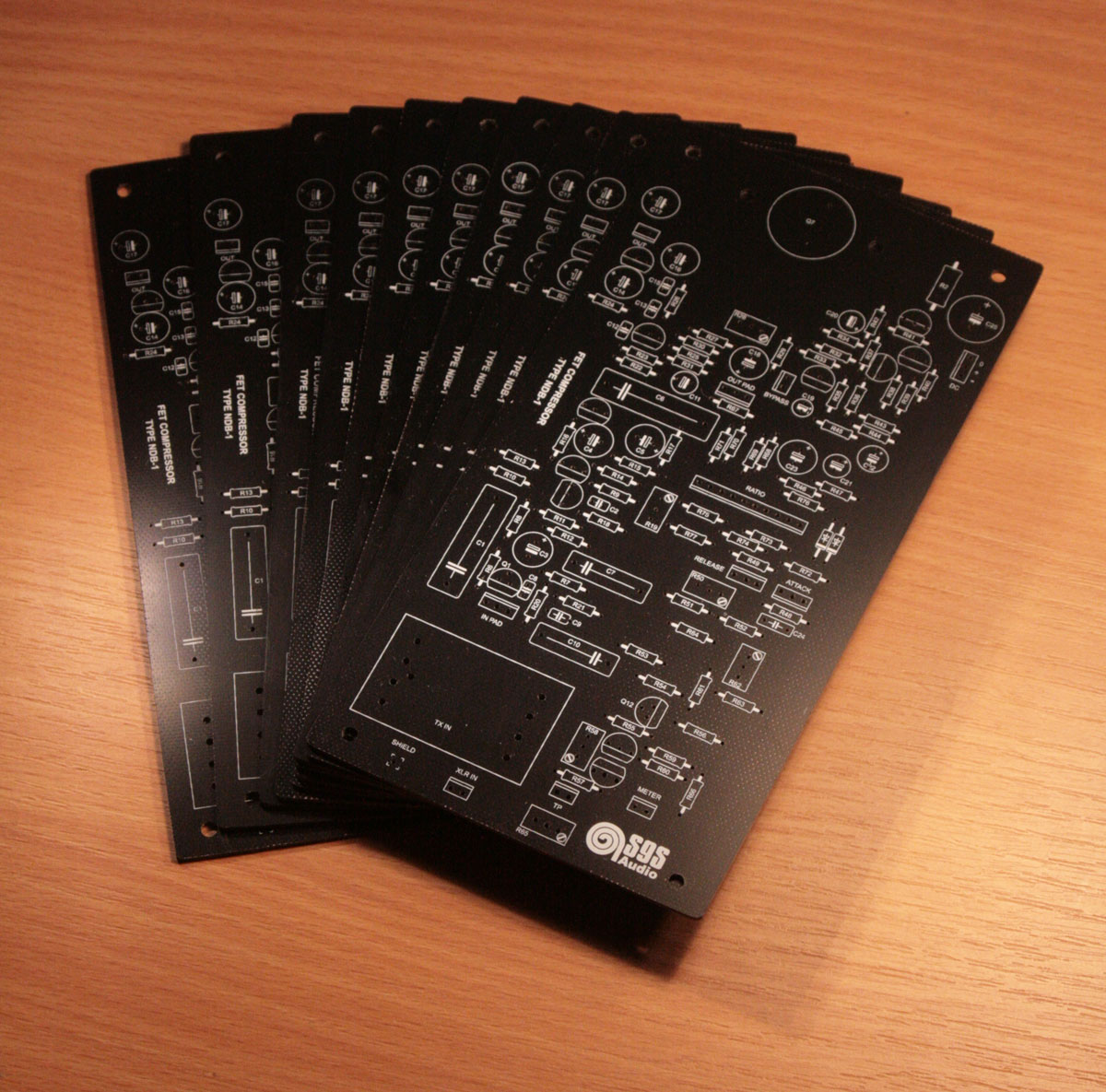
It was the biggest run I did so far, and I'm really happy with how it turned out. Great to see how much territory
you can cover just with the work of your own two hands if you put your mind to it. I ended up nixing anything
you could call "profit" doing it, but it was fine for me because I learned so much new stuff in the process.
Cheers to Henrik for such a cool project, and looking forward to what comes next
so considering that the run was big enough to go out and experiment, I went to town on it - the output was a
pdf and after having a great time playing with the traces, I set out to find a silkscreen guy who could do it...well
long story short, 100 things happened that weren't expected and things just kept getting delayed more and more,
but Henrik was totally cool about it all, so I was able to really take my time getting the details worked out:





It was the biggest run I did so far, and I'm really happy with how it turned out. Great to see how much territory
you can cover just with the work of your own two hands if you put your mind to it. I ended up nixing anything
you could call "profit" doing it, but it was fine for me because I learned so much new stuff in the process.
Cheers to Henrik for such a cool project, and looking forward to what comes next

































